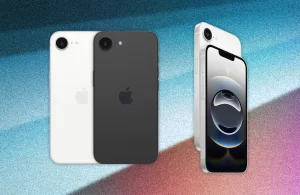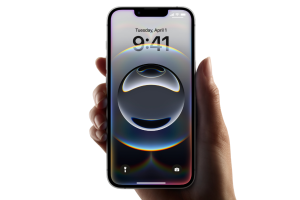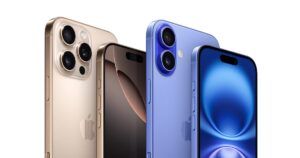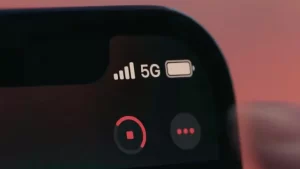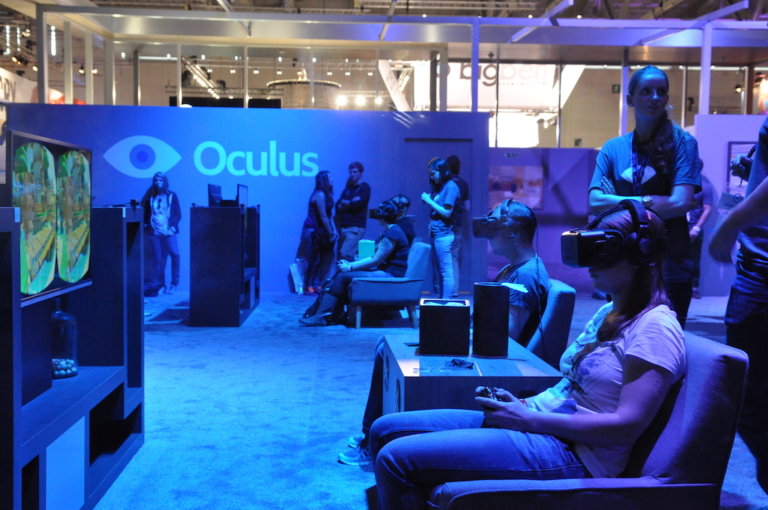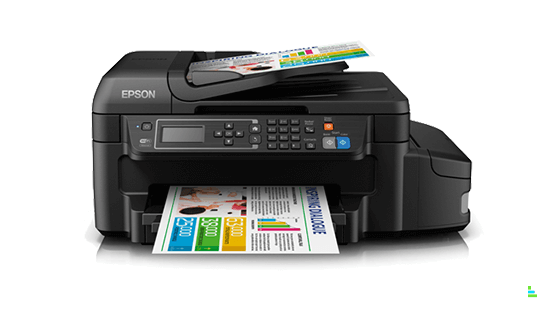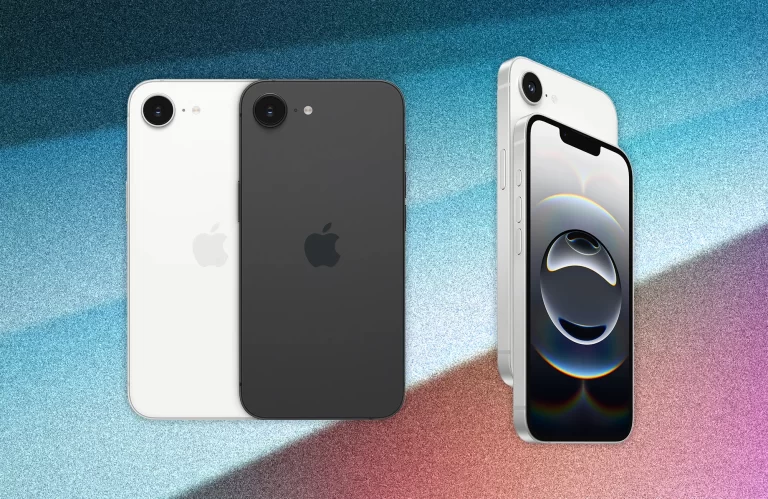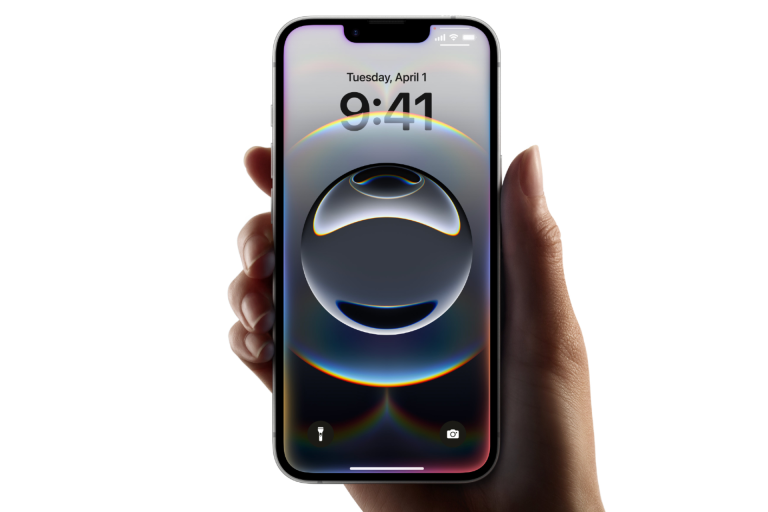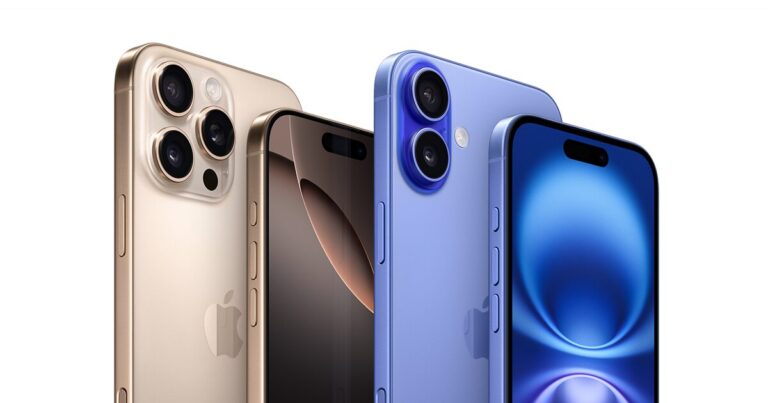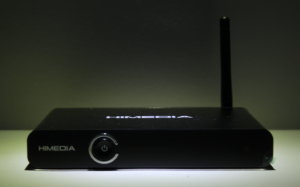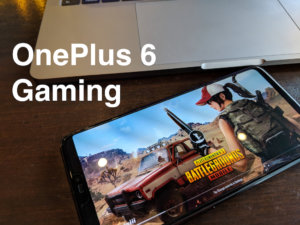Choosing the best VR can be quite a tricky task since there is a lot of stuff to take into consideration. For instance, you’ll need to figure out what type of VR you’re into. Of course, PC-exclusive headsets such as Oculus Rift or HTC’s Vive offer an unparalleled experience, but they’re also kind of expensive. If you don’t want to invest too much of that hard-earned money, you could consider buying a VR headset for your smartphone.
Now, we don’t want to put the kibosh on mobile VRs but experiencing virtual reality through a mobile headset is like trying to see the moon’s craters through a pair of binoculars (you need a telescope for that, by the way). Still, mobile VRs are the affordable option, and some of them really know a thing or two about immersion.
Step 1: Know your rig.
The golden rule of VR gaming is always to know how much firepower you’re packing. If you’re PC or smartphone doesn’t meet the minimum requirements for running VR apps, then you’re going to have an extremely bad time. Bear in mind that this does not apply to PlayStation. Even PS4’s slim edition can support VR gaming.
Just to refresh your memory, here are the minimum requirements for Oculus and Vive.
CPU: Intel Core i5 4590 or above.
RAM: at least 8GB.
Graphics Card: GeForce GTX 970/AMD Radeon R9 290 or above.
Ports: two USB 3.0 ports and an HDMI 1.3 port.
And, below, you’ll find the minim requirements for Android-compatible headsets. Note that this applies to Samsung Gear VR, Cardboard, and Google’s Daydream View.
Display: at least 1080p.
RAM: at least 2GB.
Processor: 1.4 GHz.
Sensors: gyroscope and accelerometer.
OS: Android 4.4 KitKat or higher/iOS 8 or higher.
If your rig meets the above-mentioned requirements, then you’re all set to go.
Step 2: Figure out your budget.
Sadly, even with all the hot deals out there, VR headsets are still kind of expensive. However, as we said before, a headset’s worth every penny. What you need to do before you go into the actual buying part, is to check out average rating scores based on configurations, requirements, setup and other pros and cons that naturally come with each headset. We’ve found TopBestVR to be very user-friendly for this particular task as the ratings are very poignant and each characteristic is easy to navigate.
For an Oculus Rift, for example, you could spend up to 400 bucks, depending on the retailer. On the other hand, if you think Rift’s kit is expensive, then wait till you hear about Vive’ 600 bucks price tag.
Don’t get too discouraged by the price tags because there are always alternatives. Let’s break them down into price categories.
Between $100 and $200
a.) Samsung Gear VR
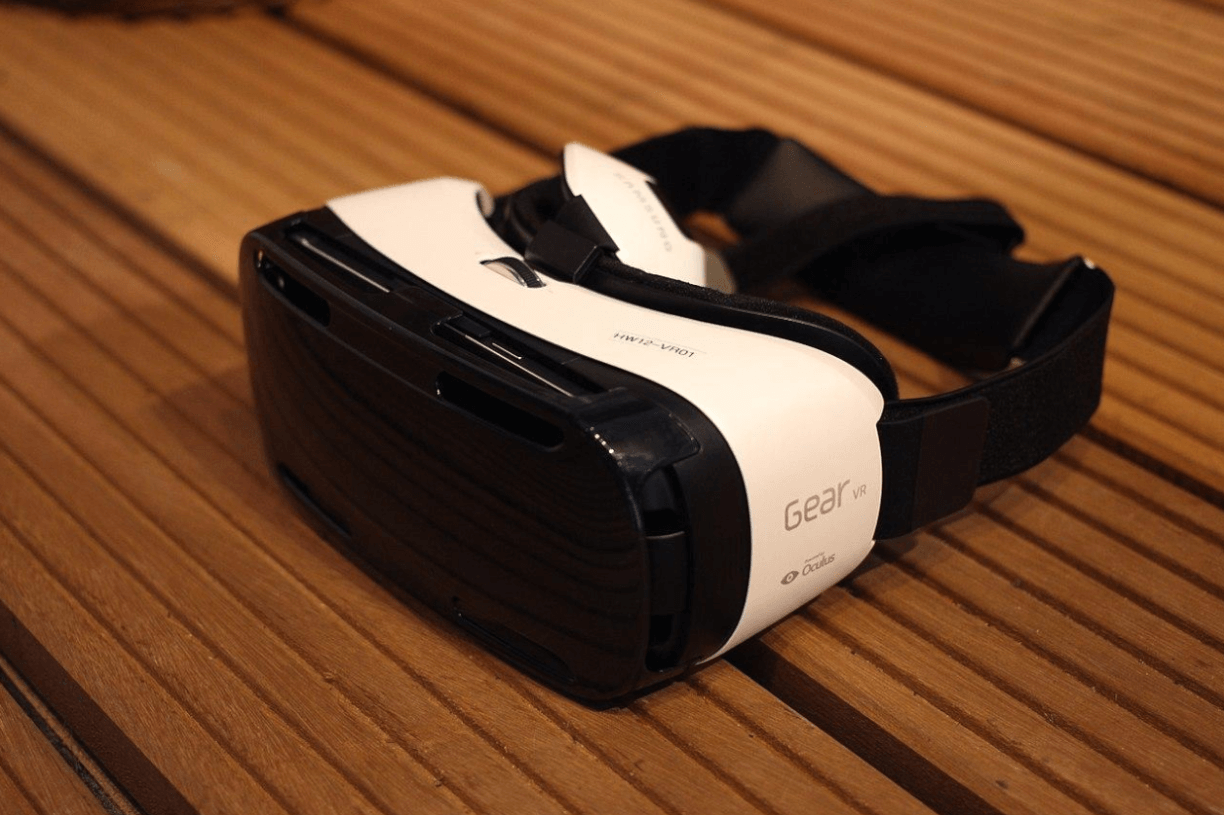
The first item on today’s list has to be Samsung Gear VR. It’s hardly any match for Rift’s extreme VR immersion factor, but it’s a good head-start for a user who doesn’t want to take the leap of faith, as they say. Most Samsung Gear VRs are around $100, depending on the retailer. The headset’s highlights are compatibility (works like a charm with all the phones from the Galaxy and S8 families) and portability. And the wireless remote control only complements the headsets’ freedom of movement.
Sadly, Samsung’s Gear VR has one major caveat: app library. There aren’t many games/apps to choose from, and most of them are on a play-now-pay-later basis. Still, for the way it manages to trick into VR, this headset’s definitely worth its money.
b.) Oculus Go
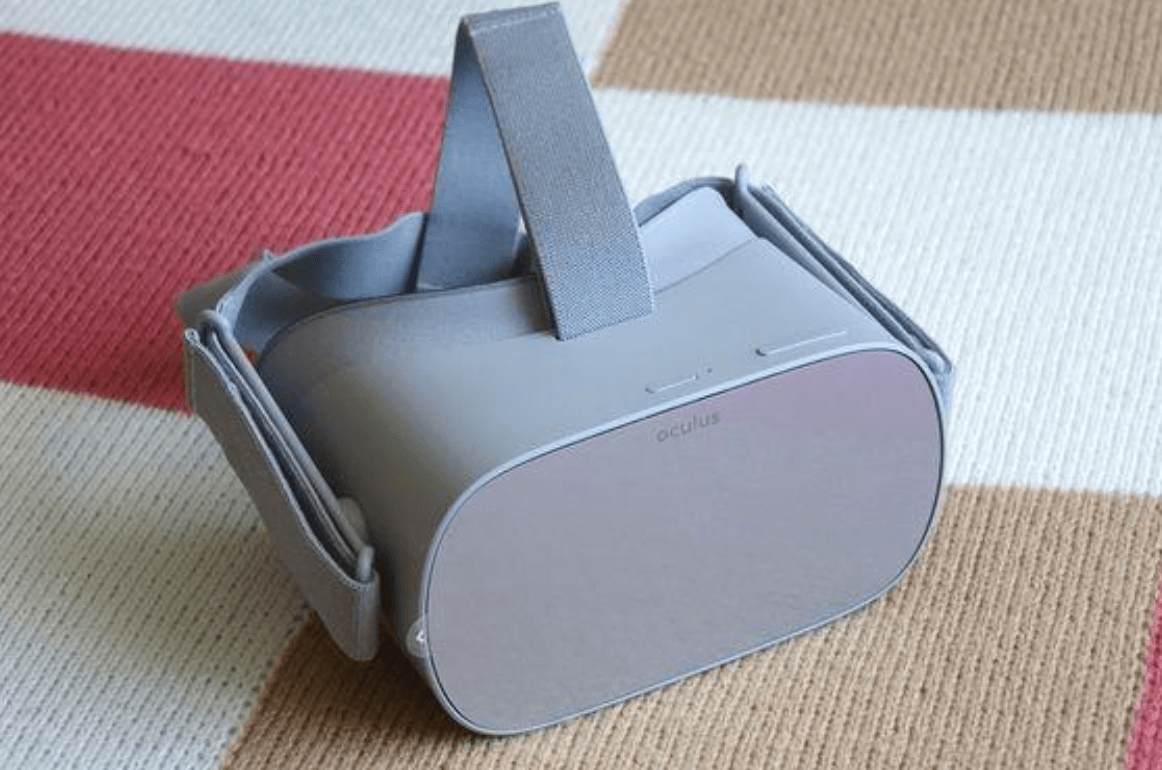
Next stop is Rift’s take on mobile VR. Called Oculus Go, this nifty VR headset is definitely the ultimate PC-mobile crossover.
Oculus Go is a bit pricier compared to Samsung Gear VR ($200, give or take), but do bear in mind that it packs Oculus proprietary VR technology. The headset’s ocular is capable of displaying images at 1280×1440 per eyes, which is great considering that most Android-compatible VR headsets are mostly limited to the phone’s native resolution.
Still, Oculus Go is a pretty smart investment if you want to see how the tech feels like before upgrading to a full-fledged Oculus Rift.
Between $200 and $600
And now, we’ve arrived in the Big Boys league. Hide your wallet, because this is about to get ugly (joking!). Now, if you really want to test out virtual reality to its fullest potential, you’ll need to dig deep into those pockets.
a.) PlayStation VR
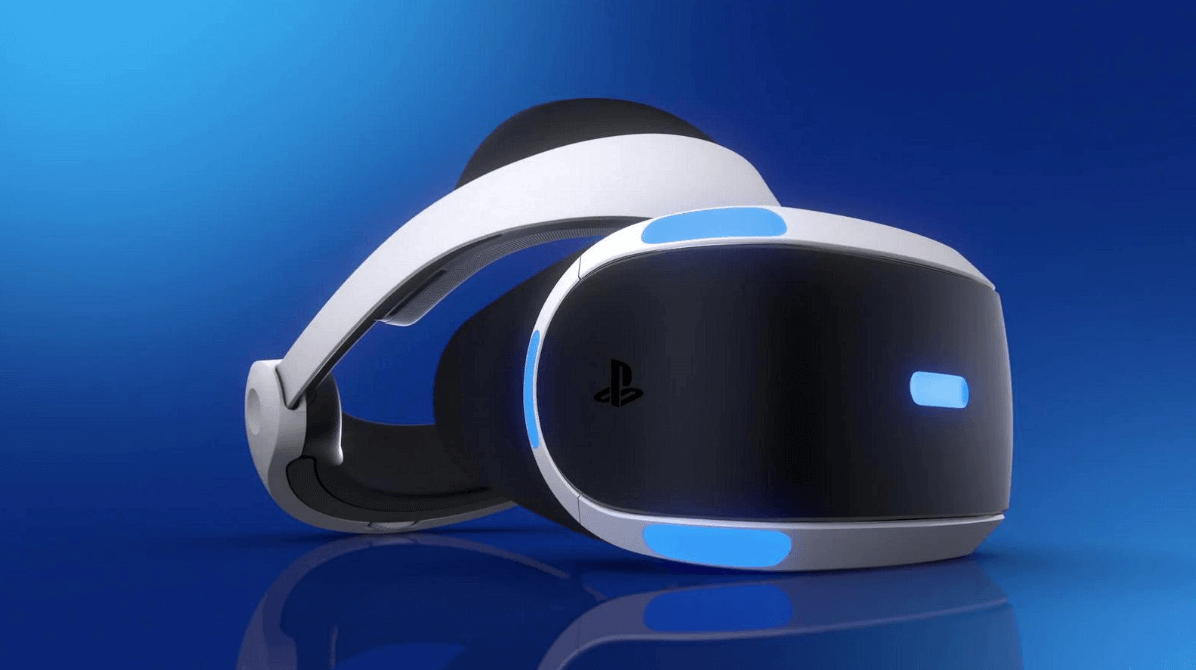
PlayStation’s VR is a very nice addition to Sony’s peripherals pallet. It’s not exactly a Rift or Vive, but the VR experience feels very real, way too real sometimes (try playing Resident Evil Biohazard at night with the volume cranked all the way up.
Specs-wise, PlayStation VR has a 960×10980 (per eye) resolution cap. On the other hand, PlayStation’s console-dedicated VR headset has a 120 Hz resolution, putting it on top of Oculus Rift and HTC’s Vive. You can probably get Sony’s VR headset for $200, depending on the store.
Now, if you’re willing to pay an extra $50 or $70, you can buy the PlayStation VR starter pack which contains four games (we found one with Skyrim, Star Trek Bridge Crew, Gran Turismo Sports VR, and Resident Evil Biohazard.
b.) Oculus Rift
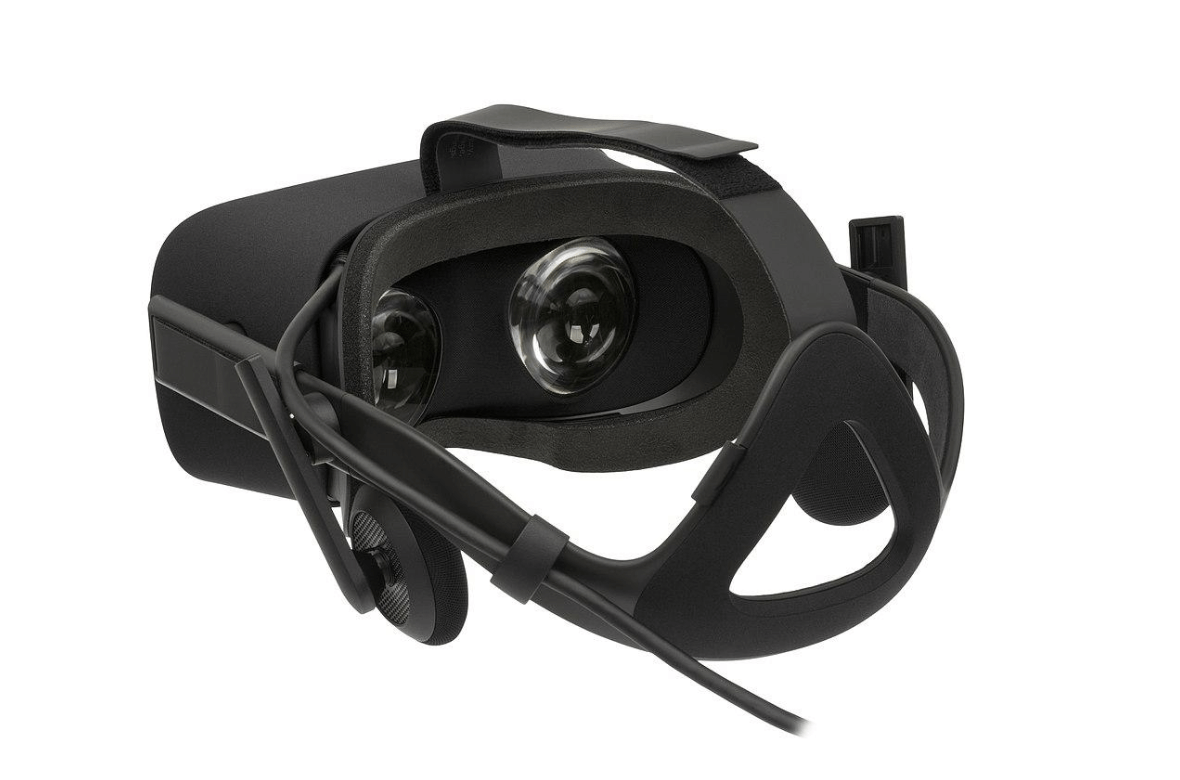
Oculus Rift, the first arrival on the VR market, is the best friend your gaming rig needs. Although the starter pack (headset, headphones, and wireless controllers) is somewhere around $399, you can easily end up spending $500 to $ 550 for the entire package (Oculus SDK and the room sensors).
Oculus Rift can render images at resolutions up to 1080×1200 for each eye. Could seem a little odd for PC-dedicated VR headset, but here’s the deal – although Rift Go has a resolution of 1280×1440, its refresh rate (frame-changing interval) caps at 60 Hz, whereas Oculus Rift’s refresh rate goes all the way up to 90 Hz for each eye (talk about an overkill).
Compared to its mobile counterpart which use the phone’s inbuilt sensors (accelerometer and gyroscope) to mirror real-like movement inside the game, Oculus Rift takes full advantage of the device’s motion sensors and the small camera which maps out the room.
c.) HTC Vive
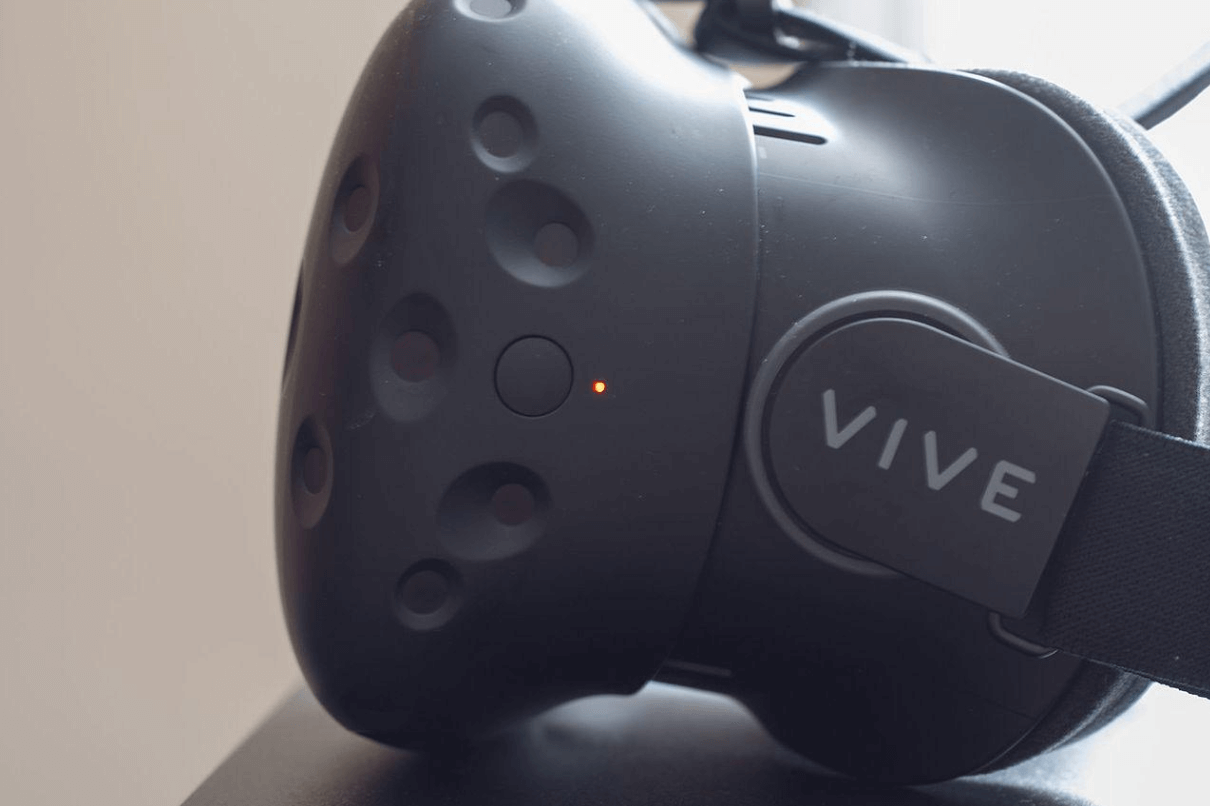
The last item on our list has to be HTC’s Vive. For VR die-hard fans, Vive is the epitome of VR gaming, a headset to rule all others. And for a good reason – Vive was designed for the ultimate VR experience. Couple with the ever-growing Steam gaming library, there’s always something worth checking out.
As you probably guessed by now, Vive has only one caveat – its price tag. Generally, you can probably buy the starter kit for $500, depending on the store. Yes, we know that it’s not exactly what you might call an accessible VR headset, considering the alternatives, but it’s really worth the investment – it feels light as a feather, comes with all kinds of accessories (eye pads for extra comfort, support for prescription glasses), and the image’s so smooth, that you sometimes lose yourself in the game.
There’s a lesson to be learned here, kids – figure out your budget before heading out the door. Now, please don’t get any ideas that you’re only paying for the brand.
For instance, Vive Pro, Valve’s latest VR headset gen boasts a 3K of display and six degrees of movement. On the other hand, Rift’s cheaper, modable, and has improved tracking accuracy thanks to its external room-mapping sensors. Rift’s design can also accommodate prescription glasses.
Conclusion
Buying the ideal VR headset is no gamble. There are a lot of things you’ll need to consider: compatible rig, price, optics, materials, room size, and app library. Still, VR’s here to stay and buying one is a long-term investment.

